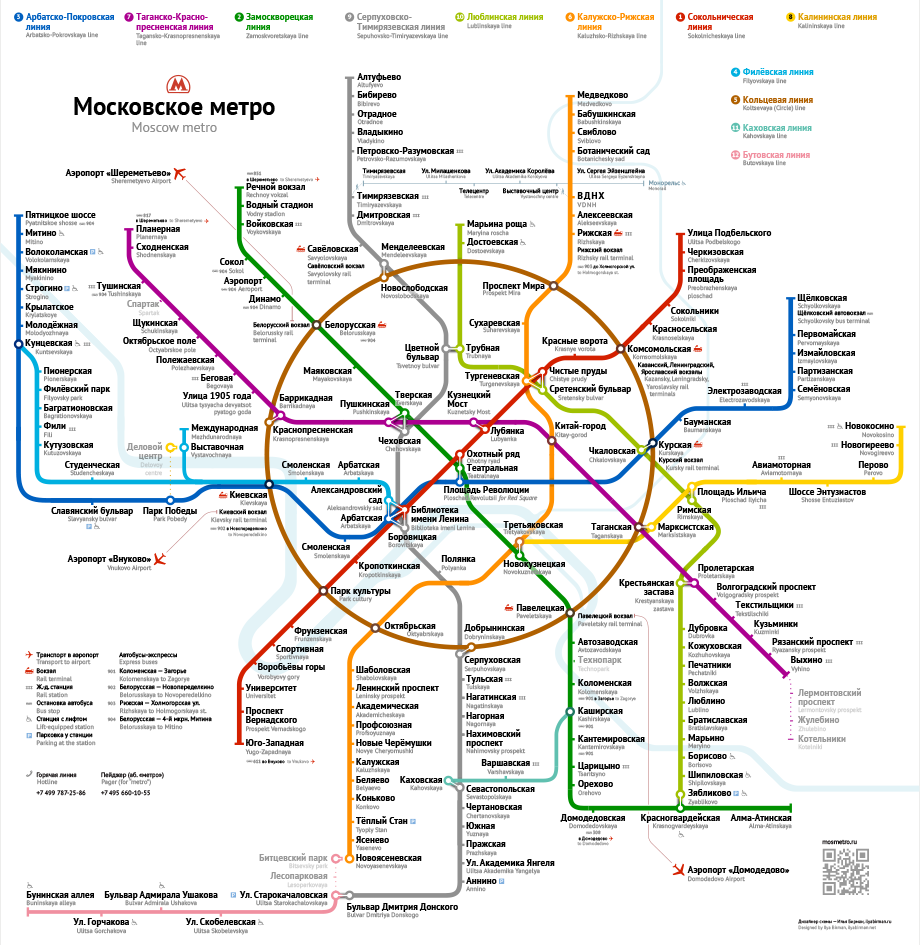Онлайн-книга Брюса Тогнаццини «Первые принципы интерактивного дизайна»
Выписал некоторые штуки из онлайн-книги Брюса Тогнаццини «Первые принципы интерактивного дизайна».
О том, что дизайнеры порой решают за пользователя слишком много:
They offer editing schemes that require the user to use their fat finger to place the text cursor with pixel-precision accuracy just to avoid adding the necessary arrow keys to their aesthetically perfect, but functionally crippled, keyboard.
О невидимых элементах интерфейса:
The situation on the Mac got so bad that, by the early 2010s, the only way a user could discover how to use many of the most fundamental features of the computer was to use Google to search for help.
И ещё:
If you absolutely insist on disguising a control, the secret rule should be crisp and clean, for example, «you can click and drag the edges of current Macintosh windows to resize them», not, «You can click and drag various things sometimes, but not other things other times, so just try a lot of stuff and see what happens».
Принцип, что отличия в интерфейсе должны намекать на отличия в поведении:
Principle: It is just important to be visually inconsistent when things act differently as it is to be visually consistent when things act the same
О логичности интерфейса и ожиданиях пользователя (там дальше крутой пример про то, почему перетаскивание элемента иногда копирует, а иногда переносит его):
It doesn’t matter how fine a logical argument you can put together for how something should work. If users expect it to work a different way, you will be facing an uphill and often unwinnable battle to change those expectations. If your way offers no clear advantage, go with what your users expect.
О сложности:
Principle: Any attempt to hide complexity will serve to increase it.
Ещё:
Stripping away scroll bars, hiding buttons, doing all the things that this section tells you not to do can all lead to increased profits, at least in the short term.
И дальше:
Crippling an interface might help make the initial sale, but in the long run, it can lead to having your most important «sales force», your existing customer base, not only leave you, but tell your potential buyers to stay away as well.
Про то, что людям надо рассказывать про фичи:
The messaging might take the form of a «Did you know…» hint that you show during startup. (If you see a large percentage of your users are turning off these hints, it reflects that you are prematurely mentioning features, are giving them too many hints too often, or continue to tell them about features they have adopted. It is not necessary to give a helpful hint each and every time the user starts up your app. They are more likely to be read and appreciated if they occur on occasion.
И не стоит их прятать ради элегантности:
Principle: There is no «elegance» exception to discoverability. Hiding functionality to create the Illusion of Simplicity is an approach that saps user-efficiency and makes products an easy target for competitors
Про эффективность пользователя:
Principle: Keep the user occupied. Typically, the highest expense by far in a business is labor cost. Any time an employee must wait for the system to respond before they can proceed, money is being lost.
Про «чувство дома»:
Stable visual elements not only enable people to navigate fast, they act as dependable landmarks, giving people a sense of «home». A company logo on every page of a website, including every page of checkout, all enabling the user to escape back to the home page, makes users feel safe and secure. Paradoxically, such cues make it more likely that people will not escape back to the home page, secure in the knowledge that they easily can.
Про анду:
An ecommerce study we did at the Nielsen Norman Group looked at what happens when merchants make it really easy to take things out of shopping carts. As might be expected, people visiting these merchants were much more willing to throw things in, figuring, «oh, well, I can always take it back out later». Except they didn’t take them back out, because the deletion rate was no different. These user just bought more stuff.
Про закон Фиттса:
While at first glance, this law might seem patently obvious, it is one of the most ignored principles in design.
In attempting to «Fittsize» a design, look to not only reduce distances and increase target sizes, but to reduce the total number of targets that must be acquired to carry out a given task.
О скеоморфизме:
Not only is there no need to slavishly copy a real-world object (skeuomorphism), but unnecessarily limiting the functionality of a software counterpart just to «perfect» the imitation is most often bad design.
Смешно про иконки на Айфоне:
The icon for the browser on the iPhone became a compass, only connected to the concept of the web through the vaguest of abstractions. The iPhone has an actual compass, so they turned its icon into… another compass! Two compass icons: One tells you which way is north and the other connects you to your bank account.
О бесконечной ценности пользовательских данных:
You go into Harrod’s Department Store in London. After making your selections, you are asked to fill out a four-page form. A gentleman looks the form over, then points to the bottom of Page 3 at your phone number. «Excuse me», he says, «Look there. See how you used spaces in your phone number?» When you nod, he continues, «We weren’t expecting you to do that», at which point, he picks up the four-page form and rips it to shreds before handing you a new, blank form.



